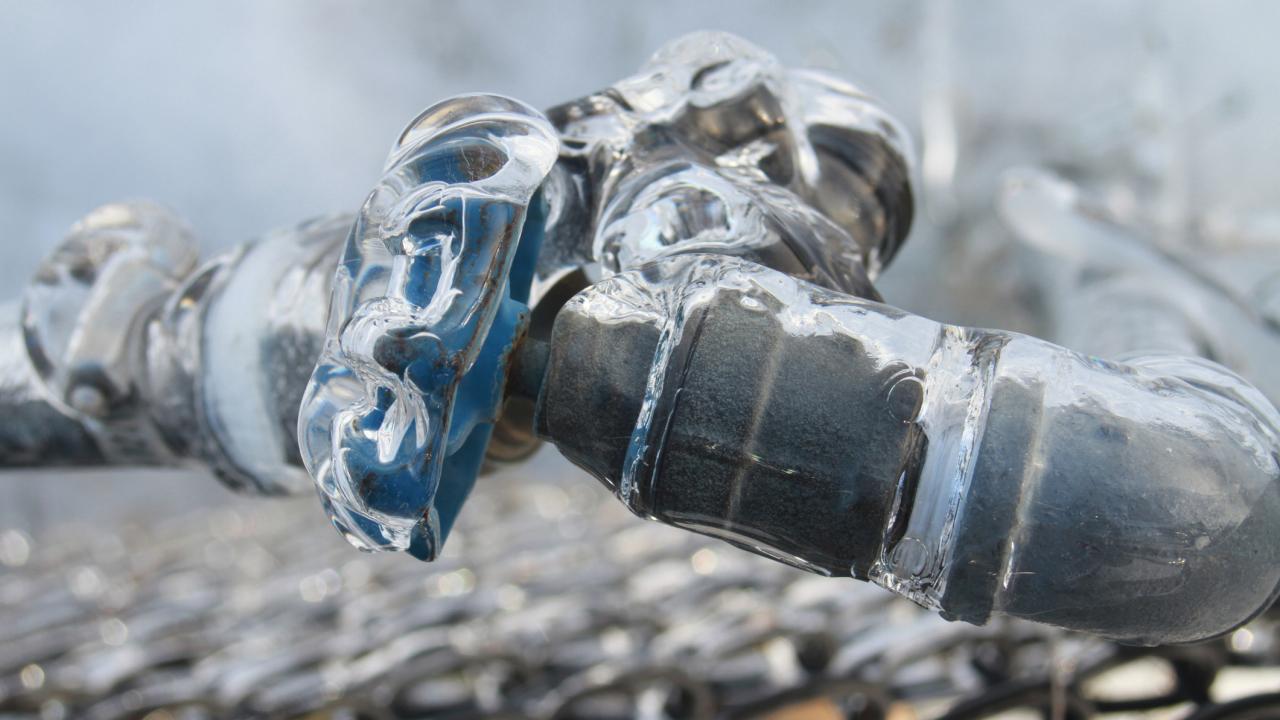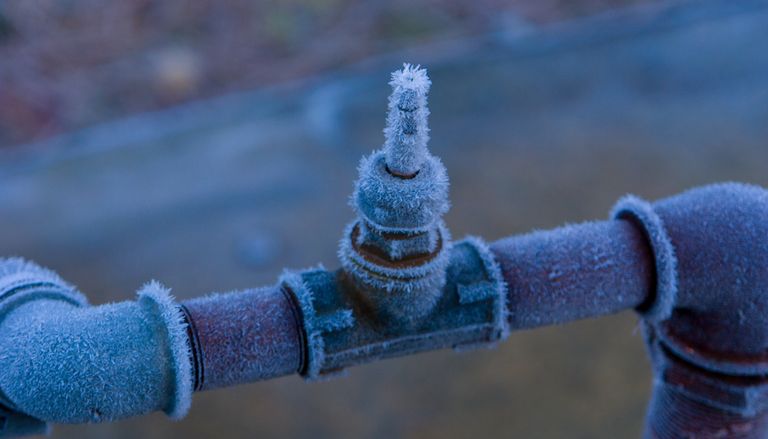Key Approaches for Preventing Frozen Pipes in Winter
Key Approaches for Preventing Frozen Pipes in Winter
Blog Article
Nearly everybody may have their own individual rationale in relation to How To Avoid Freezing Pipes.

Winter can ruin your plumbing, particularly by freezing pipelines. Right here's just how to avoid it from taking place and what to do if it does.
Intro
As temperatures decline, the danger of icy pipelines boosts, potentially resulting in costly fixings and water damage. Comprehending just how to prevent frozen pipes is essential for property owners in chilly environments.
Comprehending Icy Pipelines
What triggers pipes to ice up?
Pipes ice up when revealed to temperatures listed below 32 ° F (0 ° C) for extended periods. As water inside the pipes freezes, it broadens, putting pressure on the pipe walls and possibly triggering them to break.
Threats and damages
Frozen pipes can lead to water system interruptions, home damage, and expensive repair services. Burst pipelines can flood homes and trigger considerable structural damages.
Indications of Frozen Piping
Determining frozen pipelines early can avoid them from bursting.
How to recognize frozen pipes
Look for reduced water flow from taps, unusual smells or sounds from pipelines, and visible frost on subjected pipes.
Prevention Tips
Protecting susceptible pipes
Wrap pipes in insulation sleeves or make use of heat tape to protect them from freezing temperature levels. Focus on pipes in unheated or external locations of the home.
Heating techniques
Maintain interior areas sufficiently heated up, specifically locations with plumbing. Open up cabinet doors to allow warm air to circulate around pipes under sinks.
Securing Outside Plumbing
Garden hoses and outside taps
Disconnect and drain pipes garden pipes before winter season. Mount frost-proof spigots or cover outdoor faucets with shielded caps.
What to Do If Your Pipelines Freeze
Immediate activities to take
If you suspect frozen pipelines, maintain faucets open to eliminate stress as the ice thaws. Use a hairdryer or towels soaked in warm water to thaw pipelines gradually.
Long-Term Solutions
Structural adjustments
Consider rerouting pipelines far from exterior wall surfaces or unheated areas. Include extra insulation to attics, cellars, and crawl spaces.
Upgrading insulation
Buy high-grade insulation for pipelines, attics, and walls. Proper insulation helps keep constant temperatures and decreases the danger of frozen pipes.
Verdict
Avoiding frozen pipelines requires positive measures and fast actions. By comprehending the reasons, indications, and preventive measures, homeowners can safeguard their pipes during winter.
5 Ways to Prevent Frozen Pipes
Drain Outdoor Faucets and Disconnect Hoses
First, close the shut-off valve that controls the flow of water in the pipe to your outdoor faucet. Then, head outside to disconnect and drain your hose and open the outdoor faucet to allow the water to completely drain out of the line. Turn off the faucet when done. Finally, head back to the shut-off valve and drain the remaining water inside the pipe into a bucket or container. Additionally, if you have a home irrigation system, you should consider hiring an expert to clear the system of water each year.
Insulate Pipes
One of the best and most cost-effective methods for preventing frozen water pipes is to wrap your pipes with insulation. This is especially important for areas in your home that aren’t exposed to heat, such as an attic. We suggest using foam sleeves, which can typically be found at your local hardware store.
Keep Heat Running at 65
Your pipes are located inside your walls, and the temperature there is much colder than the rest of the house. To prevent your pipes from freezing, The Insurance Information Institute suggests that you keep your home heated to at least 65 degrees, even when traveling. You may want to invest in smart devices that can keep an eye on the temperature in your home while you’re away.
Leave Water Dripping
Moving water — even a small trickle — can prevent ice from forming inside your pipes. When freezing temps are imminent, start a drip of water from all faucets that serve exposed pipes. Leaving a few faucets running will also help relieve pressure inside the pipes and help prevent a rupture if the water inside freezes.
Open Cupboard Doors
Warm your kitchen and bathroom pipes by opening cupboards and vanities. You should also leave your interior doors ajar to help warm air circulate evenly throughout your home.

I stumbled upon that piece about Helpful Tips to Prevent Frozen Pipes this Winter while doing a lookup on the web. For those who enjoyed our article plz do not forget to pass it around. Thanks for your time invested reading it.
Or Book Technician Here Report this page